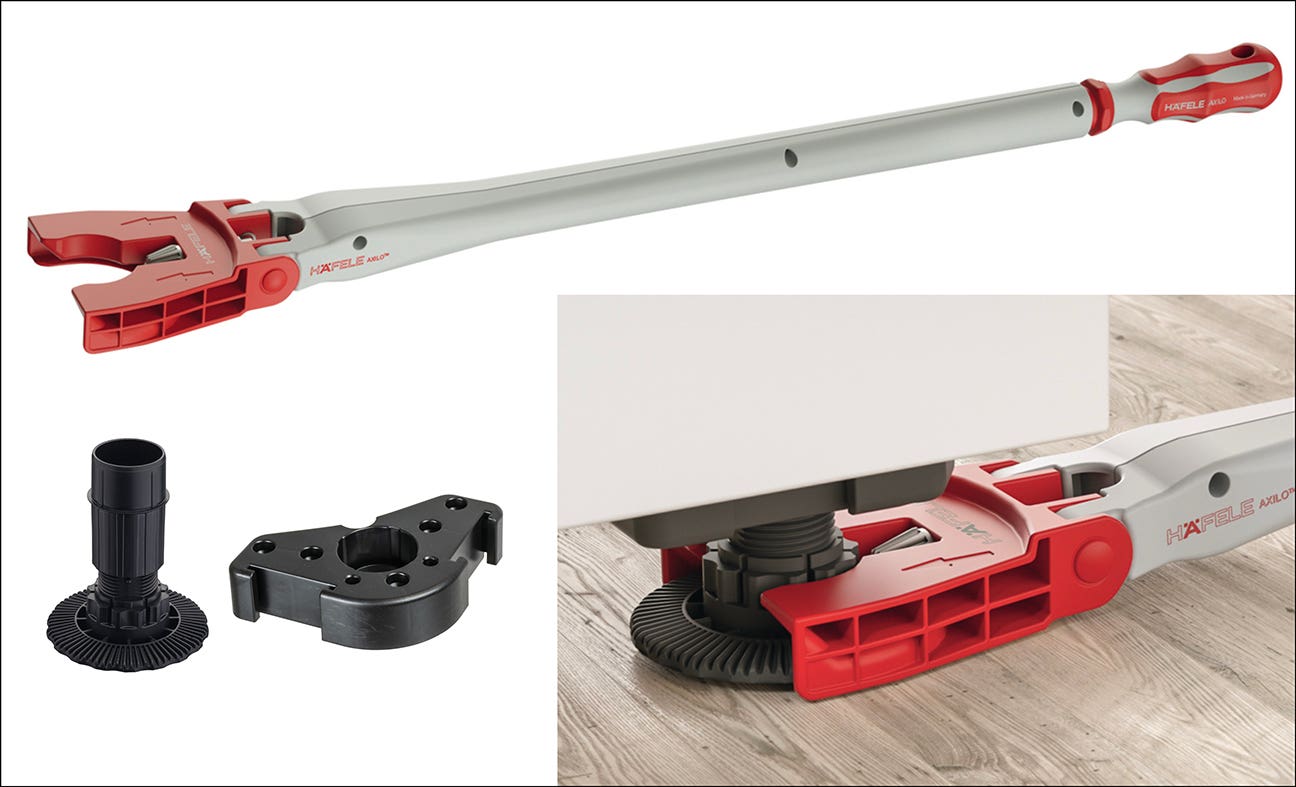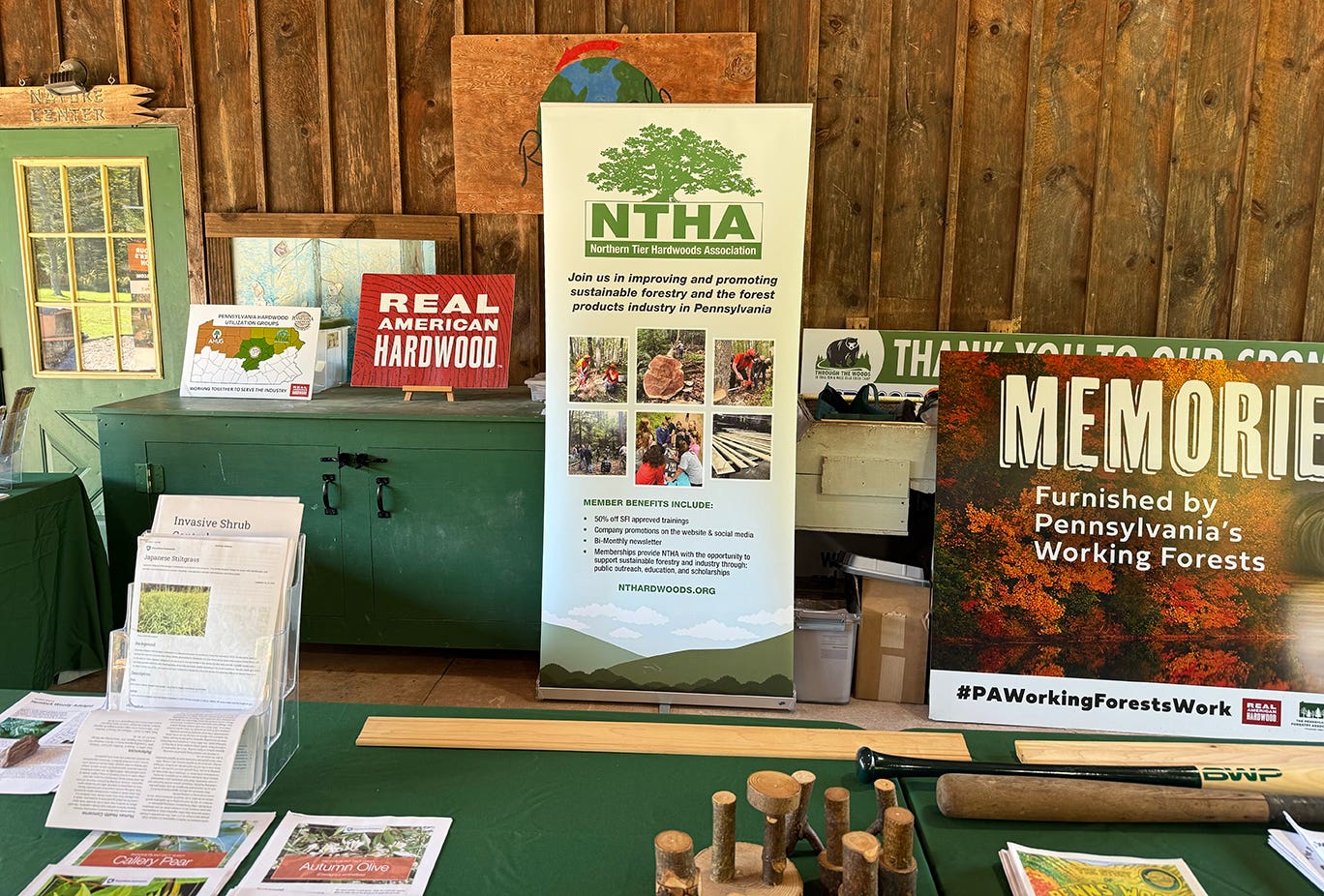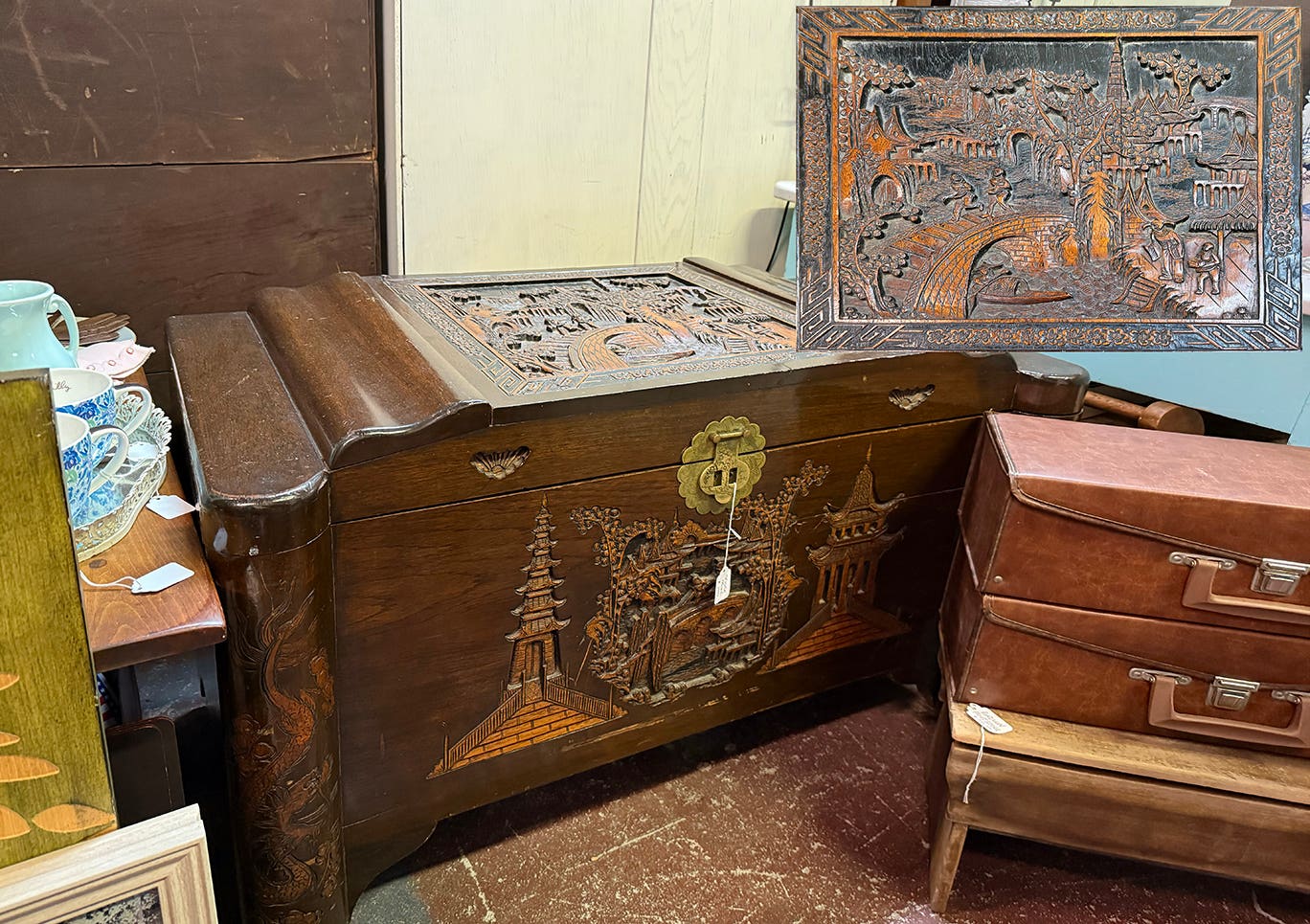Throughout most of history, people have endeavored to create things of great beauty. At the same time, they have attempted to make things of lasting value that would be handed…
Throughout most of history, people have endeavored to create things of great beauty. At the same time, they have attempted to make things of lasting value that would be handed down through as many generations as possible, outliving their makers by as much as centuries. Somewhere along the line, we lost touch with that ideal.
Actually it was not "somewhere," it was in the last 50 years. That was when the "throw away" consciousness that dominates most of our lives began. The idea of having products that lasted longer than their owners became obsolete. We wanted to keep producing more product and the only way to do that was to make sure that the existing product either became non-functional or "out of style." Since then, most of our products have been designed to do both so that "new" or "improved" products will be desirable not only because they are new and improved but because they are worn out. This model has probably been the biggest factor in the "success" of the "growth and consumption" based economy we have had for the last 50 or 60 years. Unfortunately, now we are seeing the negative effects of such an economy.
The truth is, an economy based on growth and consumption is doomed to eventual failure. What is needed is an economy based on sustainability and long term value. Instead of using everything up as fast as we can, we should be trying to make things like our predecessors did, things that are intended to last for many years, to be handed down from one generation to the next. Obviously there are some things that do not fit this concept. Things that involve a high level of technology like computers and communications devices and equipment are evolving at a rate that makes long term viability uncertain. But even in these areas, there is room for some degree of sustainability or at the least a much more consciousness approach to the ultimate disposal of the devices.
For those of us involved in the making of furniture, cabinetry, and other wood products, it is becoming obvious that we need to move away from the casual attitude we have had toward how we use our materials and what we produce from them. We need to start thinking about kitchens that are intended to last 50 years, not five. Furniture pieces that are intended to become family heirlooms. Woodwork that is intended to survive the test of time in the way that the woodwork in homes built around the turn of the century was intended to survive.
Our level of production may drop. The things we make will cost more. But in the long run, we will all be better off because our economy will be based more on sustainability and less on growth. And that, I think, is the "greenest idea of all".
D.D.
David DeCristoforo possesses an extensive resume as designer/maker of fine furniture, high-end cabinetry and architectural woodwork. His experience in professional woodworking spans a period of 35 years. For the past 20 years David DeCristoforo Design has been located in Woodland, California. During this time David's shop has ranged in scope from a "full on" cabinet production shop with as many as 15 employees to a small fine furniture and custom millwork shop, working with his son, David RBJ, a highly skilled maker in his own right.







